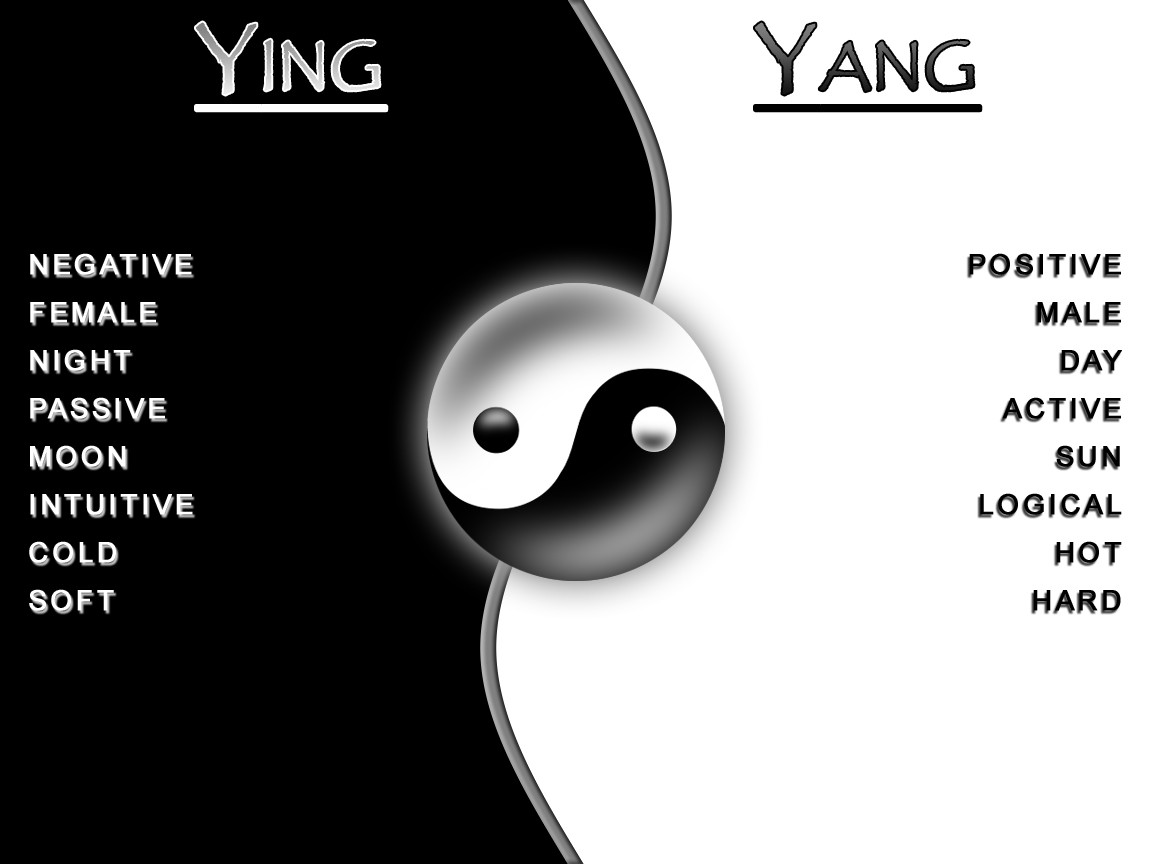The concept of yin and yang stands at the heart of Taoist philosophy and serves as a foundational principle across many Eastern belief systems. These two interdependent forces describe how seemingly opposite energies are interconnected and complementary, continuously interacting to maintain harmony in the universe. From the cycles of nature to human emotions and cosmic forces, yin and yang offer a framework to understand the world and one’s place within it.
While the idea has permeated many aspects of Chinese culture—from medicine to martial arts—the concept is deeply rooted in spiritual thought. Often associated with Taoism, the Yin Yang Religion provides insight into how the balance of these energies shapes not only physical life but also spiritual understanding and growth.
Understanding Yin and Yang in Taoism
Taoism, one of China’s oldest spiritual philosophies, sees the world as a dynamic interplay between opposing but interdependent forces. Yin is the passive, feminine, dark, and cool energy. It represents stillness, introspection, and nurturing qualities. Yang, in contrast, is active, masculine, bright, and warm. It signifies action, expansion, and outward energy.
Rather than seeing these forces as in conflict, Taoism emphasizes their harmony. The Tao Te Ching, a classical Taoist text by Laozi, speaks of the Tao (or “the Way”) as the ultimate source of all things. Yin and yang are considered expressions of the Tao—natural forces that arise from and return to it. A central goal of Taoist practice is to live in accordance with the Tao, maintaining balance between these energies in both inner and outer life.
Symbolism of the Yin-Yang Diagram
The yin-yang symbol (Taijitu) visually represents this balance. It features a black (yin) and white (yang) swirl within a circle, with a small dot of the opposite color in each half. This design illustrates that within each force lies the seed of its opposite—nothing is entirely yin or entirely yang. They continuously transform into one another, much like night turns into day, or rest gives rise to action.
In Taoism, this transformation is not only natural but necessary. Imbalance leads to disharmony, illness, or spiritual confusion. Living in alignment with yin and yang helps individuals adapt to life’s changes, make better decisions, and find greater peace.
Influence on Traditional Chinese Medicine and Daily Life
The influence of yin and yang extends well beyond Taoist temples or philosophical texts. One of the most visible applications is in Traditional Chinese Medicine (TCM). Here, health is viewed as a state of dynamic balance between yin and yang energies in the body. When one dominates the other—such as excess yang causing inflammation or excess yin leading to sluggishness—illness can occur. Treatments like acupuncture, herbal medicine, and dietary therapy aim to restore this balance.
In daily life, these concepts guide choices around rest, activity, food, relationships, and work. For instance, a stressful lifestyle full of overwork (excess yang) may be countered by practices like meditation, sleep, or nourishing foods (yin). Understanding these patterns allows individuals to live in a more balanced and sustainable way.
Broader Impact on Eastern Philosophies and Practices
Yin and yang are not exclusive to Taoism. They have shaped a wide range of Eastern spiritual systems, including Confucianism, Chinese Buddhism, and East Asian cultural practices. In Confucian thought, the balance of these energies supports social harmony and ethical behavior. In Chinese Buddhism, the interplay of opposites is recognized as part of the path toward enlightenment and detachment from duality.
In martial arts such as Tai Chi and Qigong, movements are designed around the fluid interaction of yin and yang energies. Even in architecture and feng shui, these principles guide the arrangement of space to ensure harmonious energy flow.
Conclusion
The role of yin and yang in Taoism offers a profound perspective on the nature of life, emphasizing balance, adaptability, and the unity of opposites. Far beyond abstract theory, this concept influences how individuals eat, heal, move, relate, and grow spiritually. Its enduring relevance across centuries and cultures speaks to a universal truth: the dance between dark and light, rest and action, and inward and outward motion is essential to life. Understanding and embodying this balance can lead to greater clarity, peace, and alignment with the rhythms of the natural world.
